I haven’t had too much reason recently to load anything into my cameras rated higher than 400/500 – and by recently I mean a few years now. My approach to documentation has streamlined to work with the available light and playing to the strengths of the scene and compromises in camera rather than trying to overcome conditions by sheer technical force, which is how using such a high rating has felt even though the results were perfectly fine for what I needed them for at the time.
I realised that with several rolls sitting unused, even in cold storage I’d prefer to use them and get them out of circulation than let them wait for “ideal conditions” which would seem to be lower light, winter applications. However, the weather recently has been really lovely, so I shifted my approach to the film and adapted it for a more all-rounder approach.
The box advertised speed for both Kodak 3200 and Delta 3200 is an optimistic ideal, and not one I’ve ever really been especially happy with in practice. With my current look being fairly consistent in a way I am happy with I would rather use these films in a way that fits together with that canon.
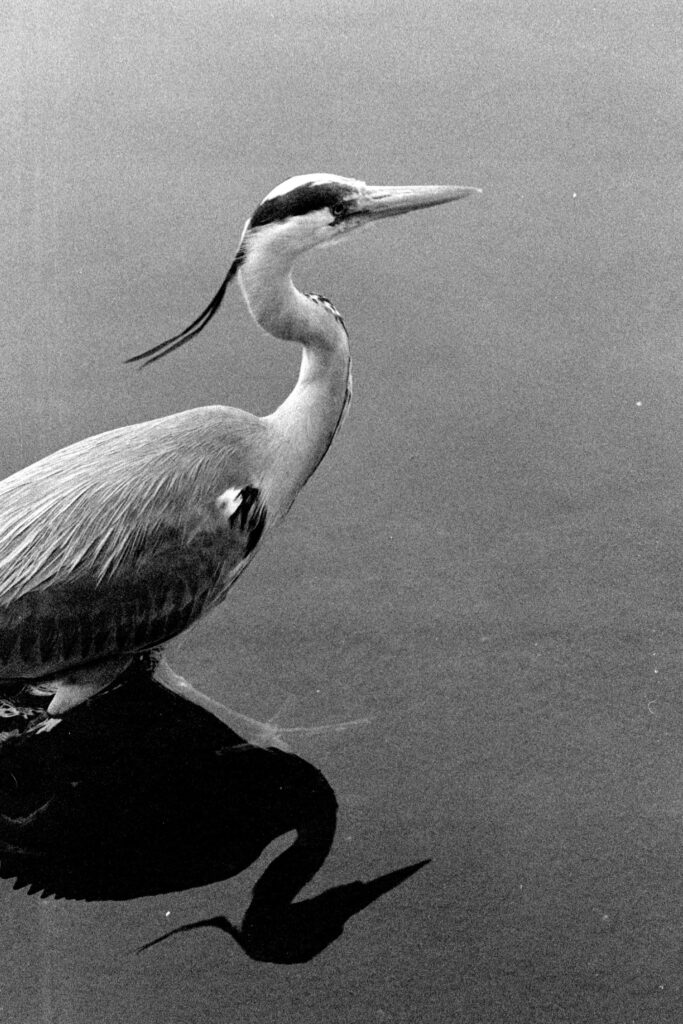
There are no “true” speeds or formulae with black and white film, especially when doing every step of the process yourself, metering, exposing, and developing, and everyone will be doing it slightly different. Think about a lens with only single aperture stop movements on a Leica M film camera: at 500th/s f/8 you may be marginally out from what a 400 speed film would “optimally” need, which may be attainable with a lens which allows for third-of-a-stop refinements.
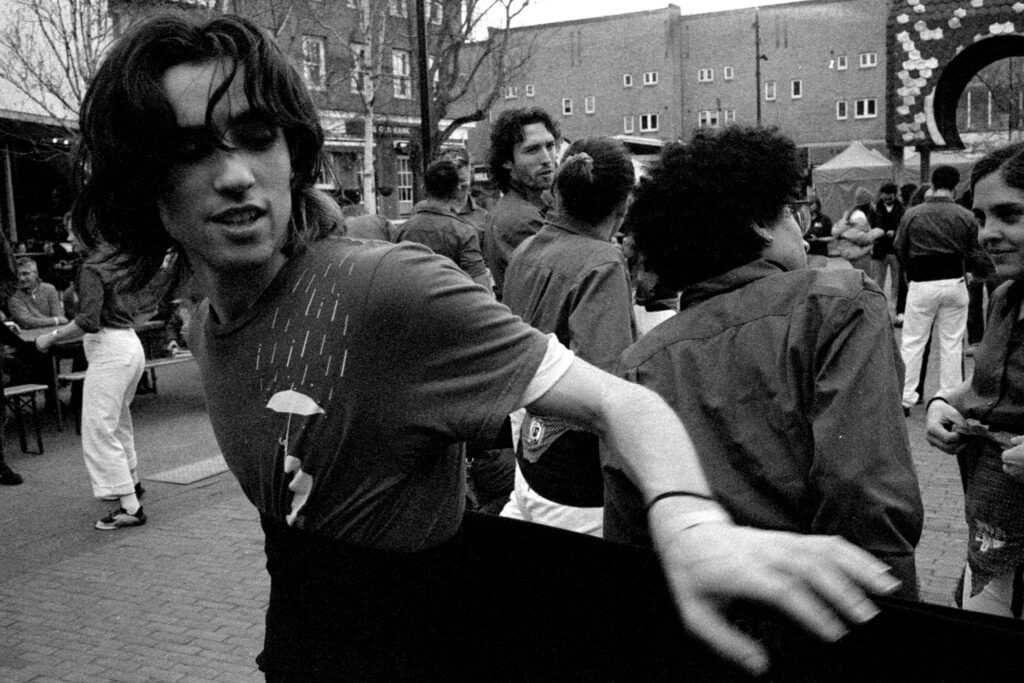
As such I rarely treat the process as an exact repeatable science, and play each batch of rolls slightly different depending on conditions and how I’m feeling at the time. I decided to treat both films as 1000, setting my meter as such and doing my best to source a formula which would make sense at a ratio of 1+47 or lower which is my favourite with Ilfotec HC. I have been using this alongside Rodinal recently, and enjoying the relative crispness it offers, especially at high dilutions.
1000 is only a touch above 800, which is only one stop away from 400 which I regularly work with, so I don’t benefit a huge amount from this speed in general use cases. I want the aesthetic to be impeccable to justify a place in my workflow, even for a limited time, and by that i don’t mean grain free cleanliness – I want it to reflect the higher speed while still being usable in line with the results I expect from the other films I have been using recently.
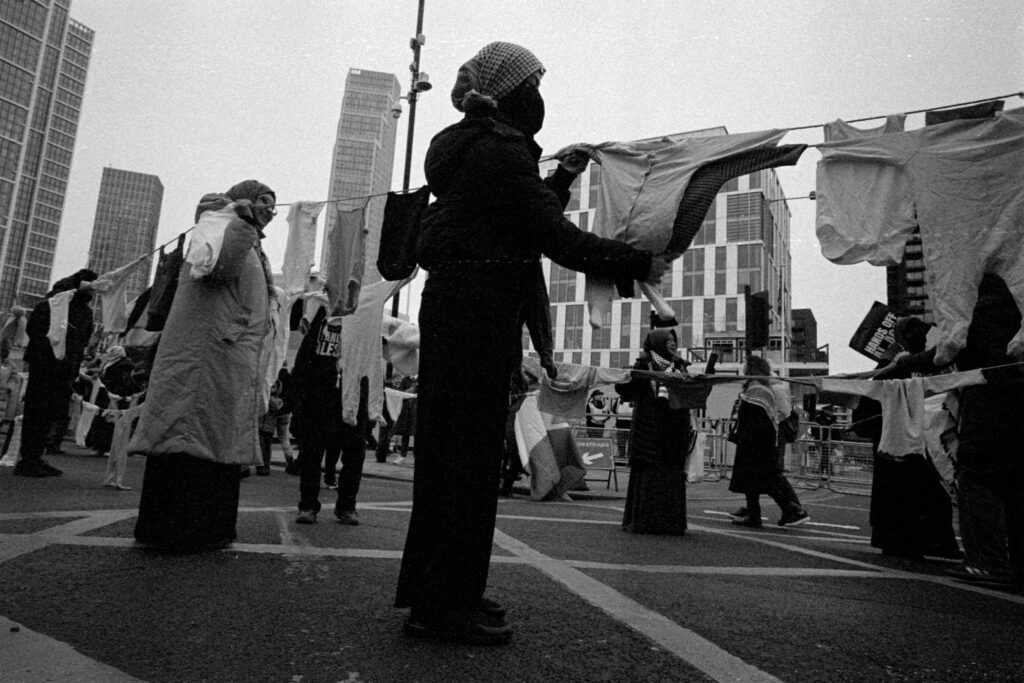
My last serious efforts with Kodak 3200 were some time ago, and I wasn’t enjoying my results a huge amount at the time. For the work i was doing back then the grain was a tough sell, especially with Rodinal, wonderful as a feature but for an image with fine detail or text I found it difficult to compromise the subtler details of my scenes.
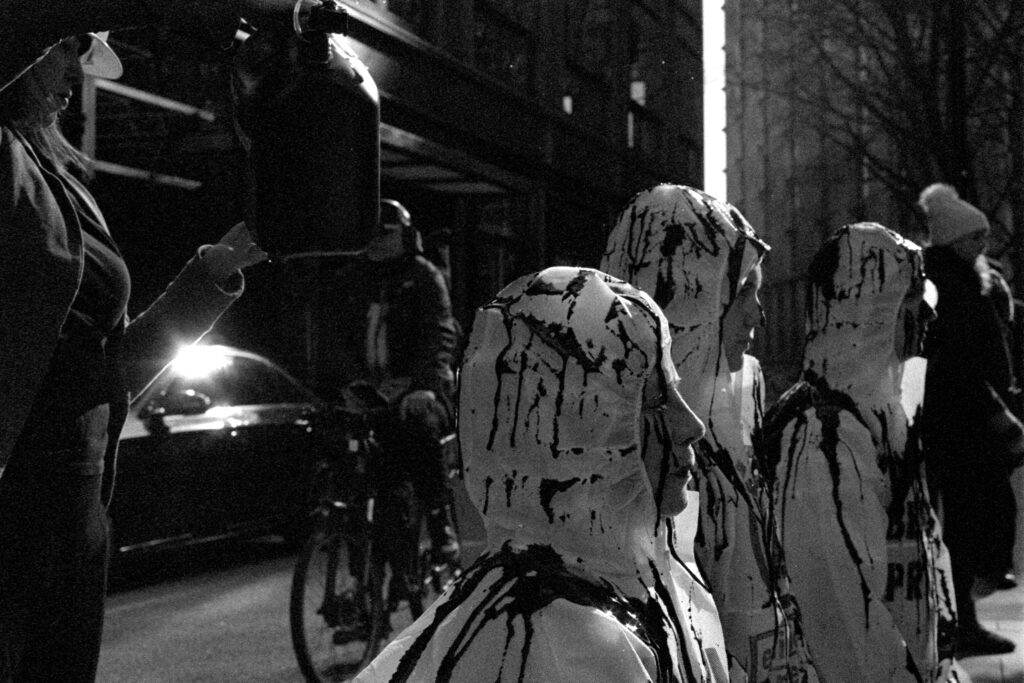
My current approach was to use a 1+55 Ilfotec HC ratio for 20 minutes, which gave me cleaner images with more detail where I needed it – but not a huge amount more. I wasn’t expecting anything vastly beyond what I was used to, because the grain structure is what it is, but I was happier with the outcome than I have been.
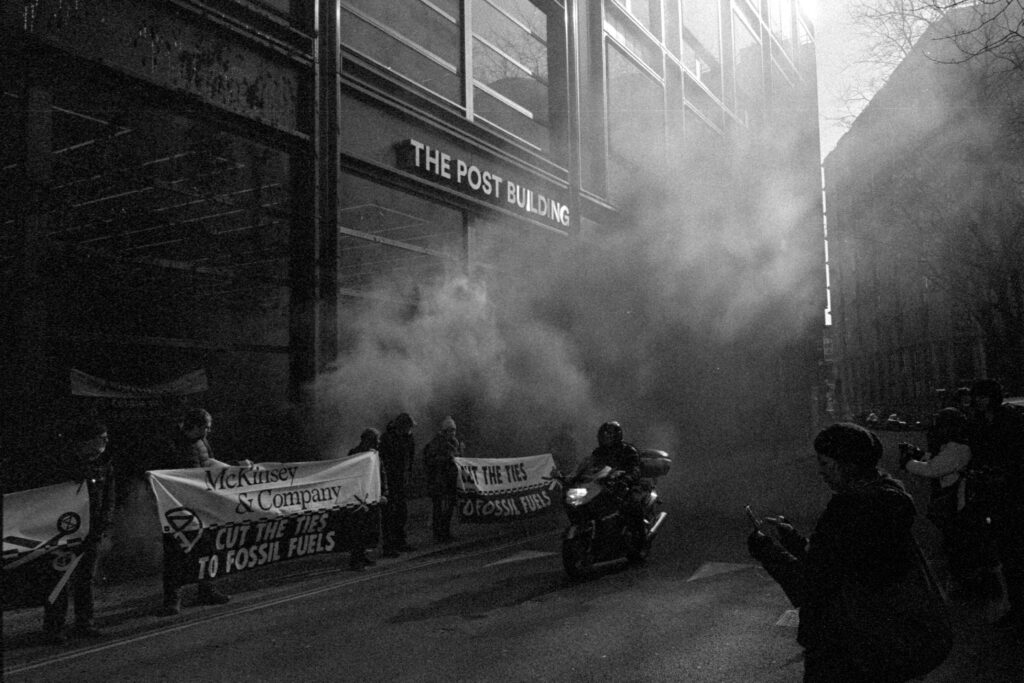
Delta 3200 is the film I have more experience with, and greater familiarity means a higher expectation from the changes I was implementing. I really want to find a place for this, as with the ability to bulk roll it would be far easier to justify future use than it is with the Kodak, which I can only find locally as individual rolls. After exposing at 1000 my formula was 1+47 for 15 minutes and 30 seconds.
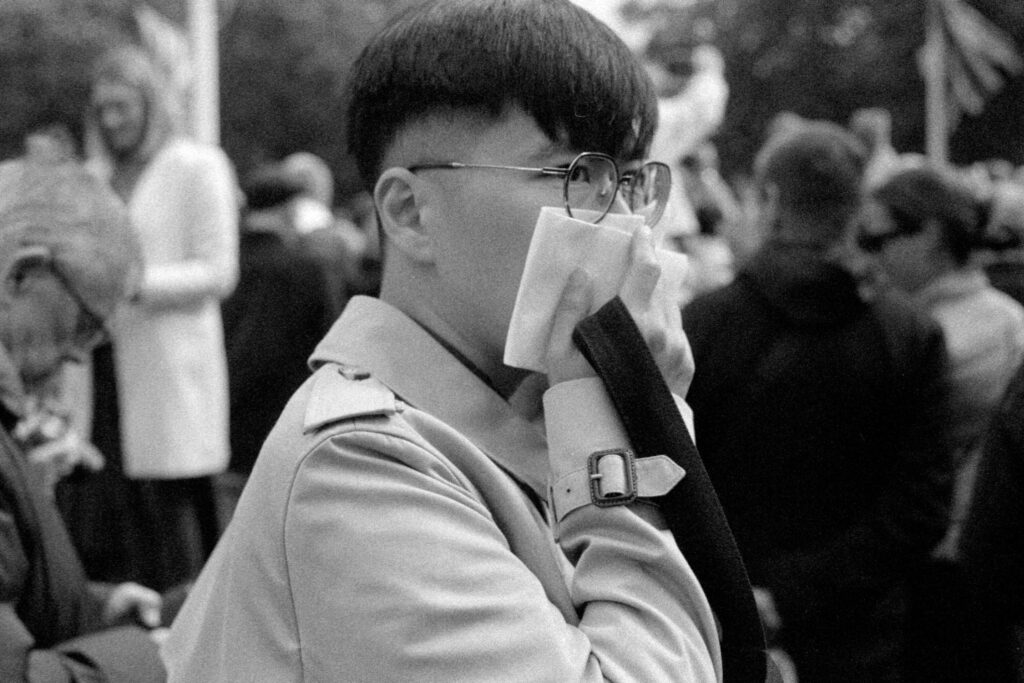
The results from this are as good as I could ever hope for, certainly my favourite look I’ve ever achieved from this film. There is no muddiness, the contrast is crisp and the grain isn’t distracting. It’s more comparable to my average results from Ilford HP5+ or Kodak Tri-X than my usual outcome using it at 3200 or even 1600.

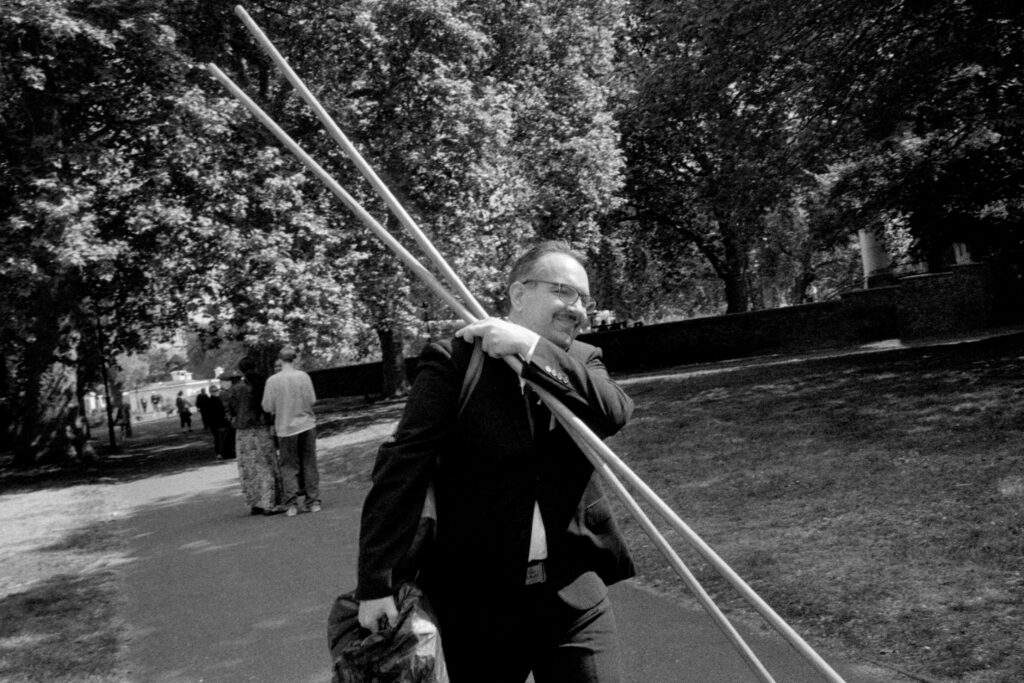
Despite being the best results from this film, the method leaves me with the issue: what does this offer me beyond one stop? Do I really need 1000, when FP4+ at 500, or just HP5+ will do basically the same, if not better, at a lower price? I do appreciate the aesthetic and I’m sure there are use cases that will come up for it, but one stop difference just doesn’t factor that much in the way I work.
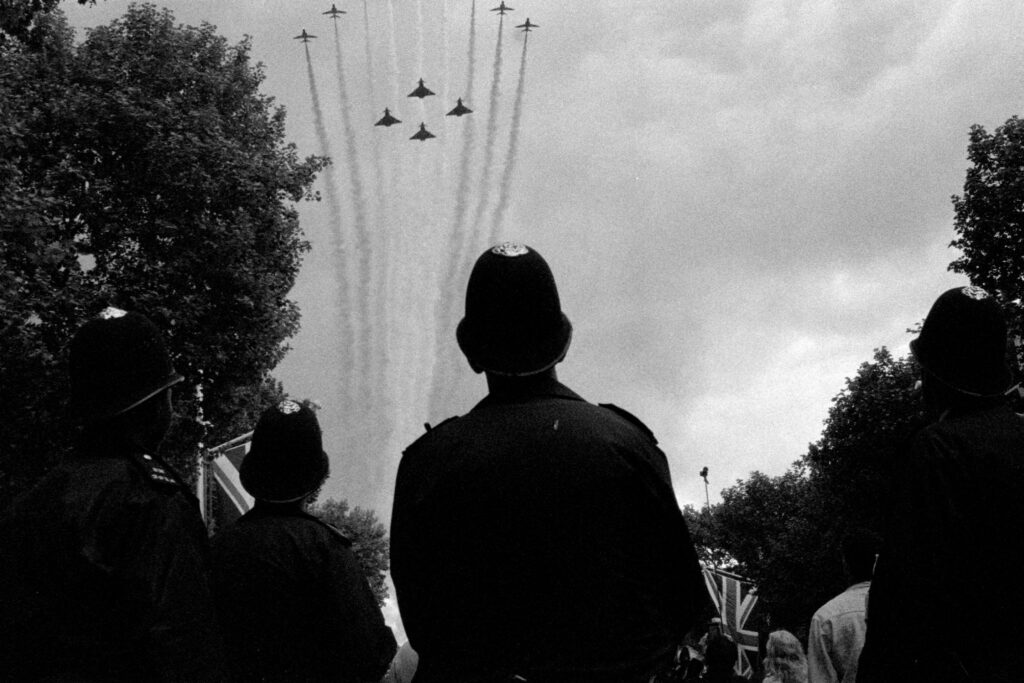
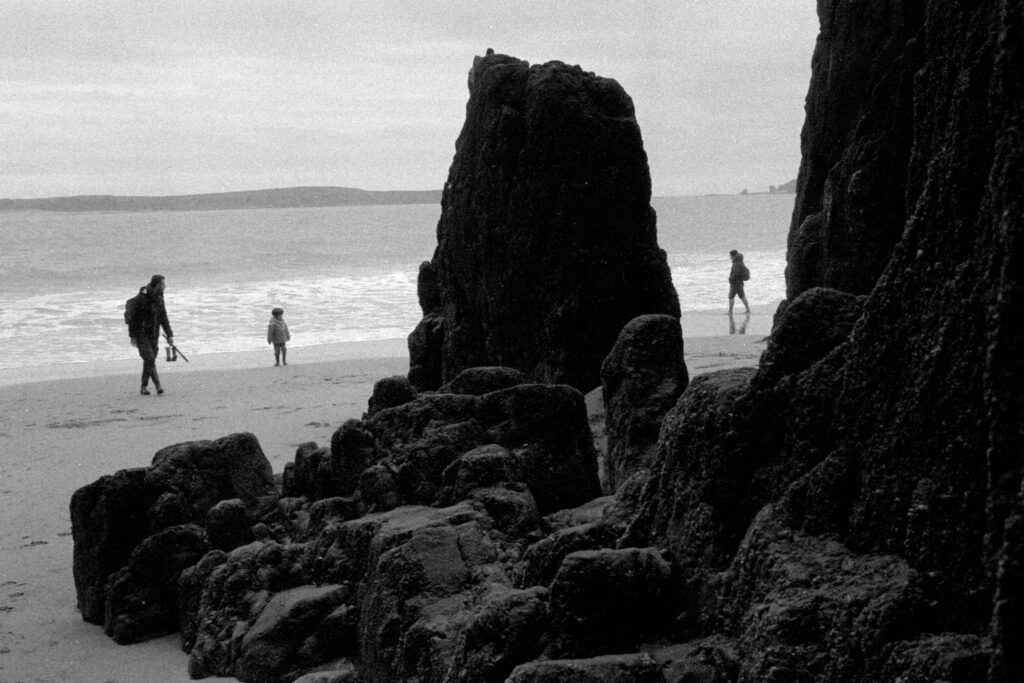
I’ll most likely sit on my remaining stock until I require either full aperture depth of field, or a situation where I’m working from early dawn and would be able to maybe benefit from that extra speed.
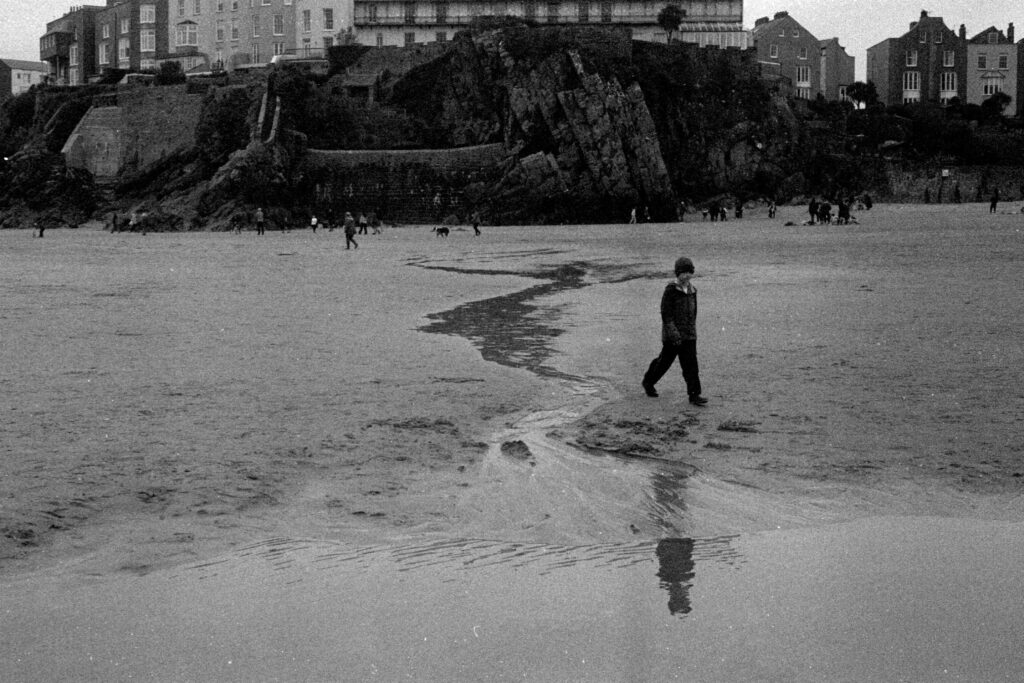
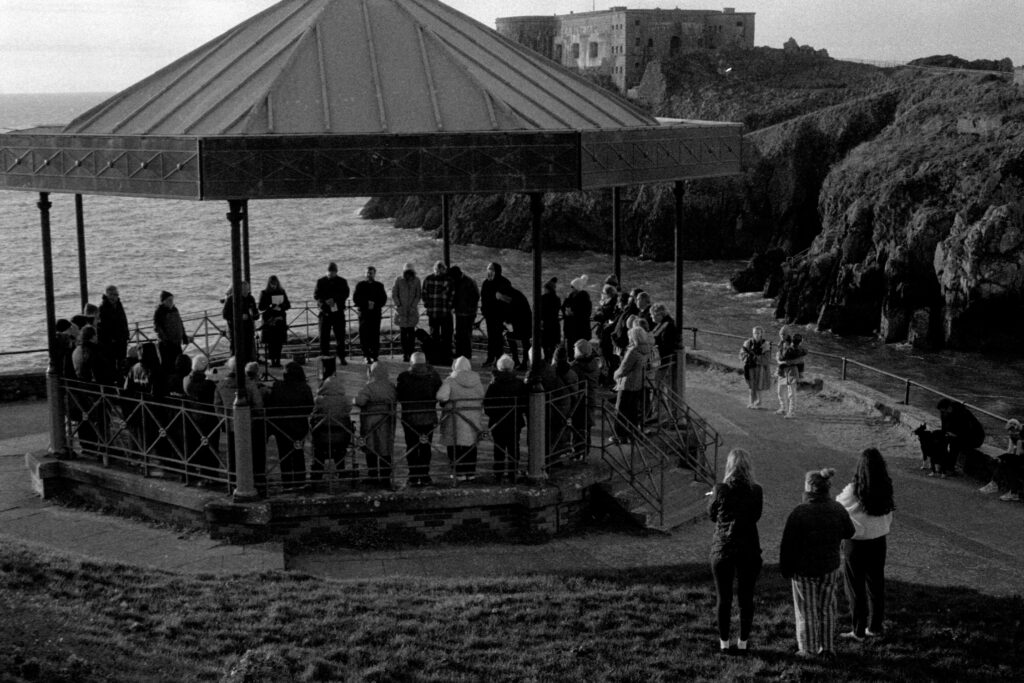
Thank you for reading! If you like my images, you might like my YouTube channel, which I’ve been sharing to more frequently. You may also enjoy this short promo/hype video, part of the Ilford #MyFilmStory series. I buy my film mostly from Analogue Wonderland.
Share this post:
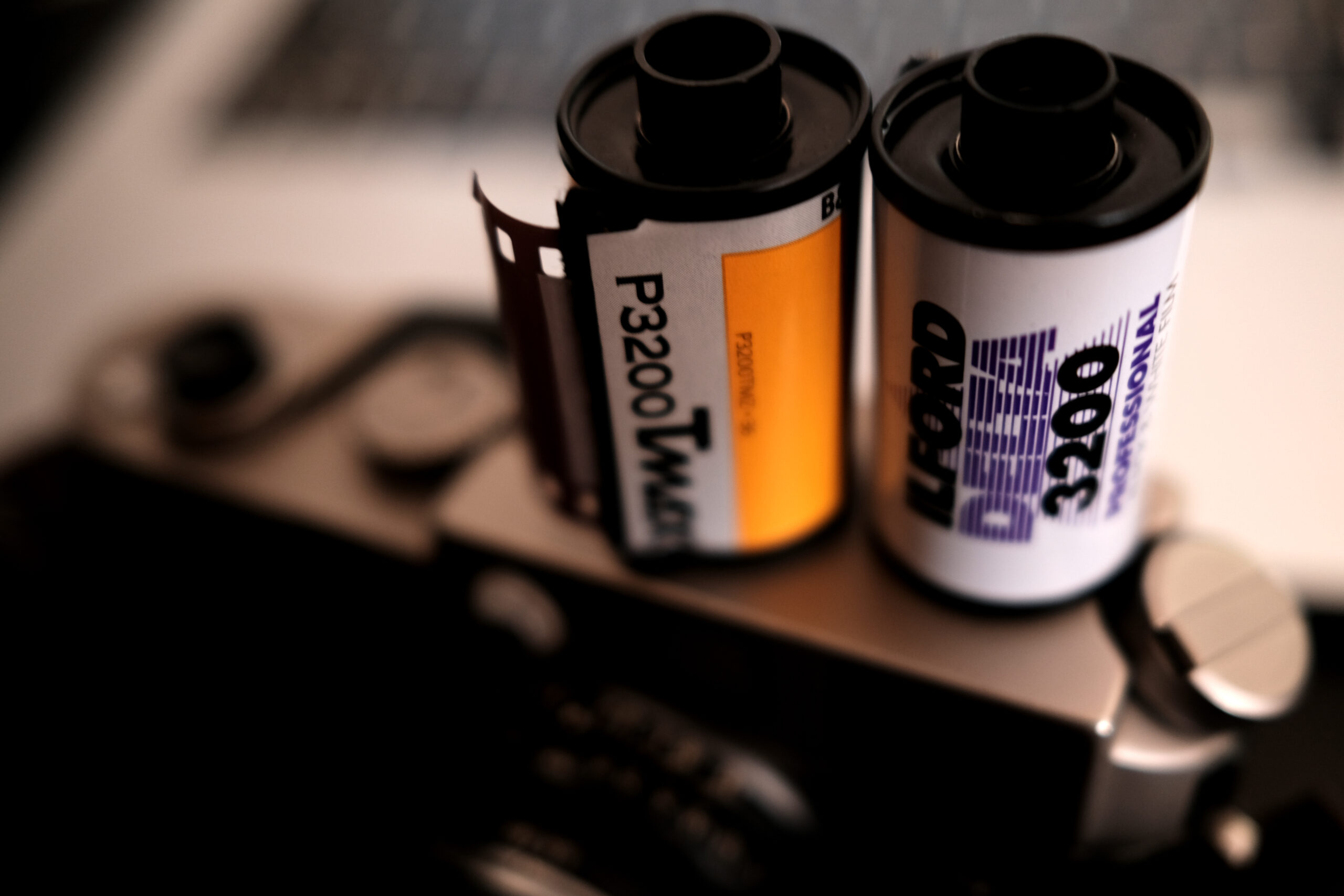
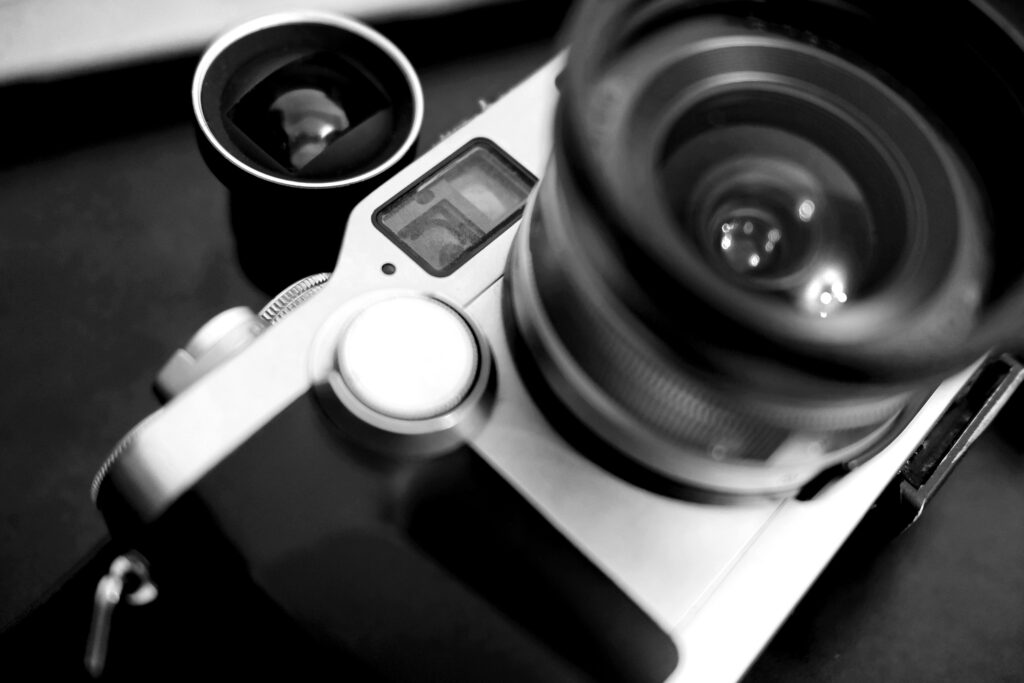
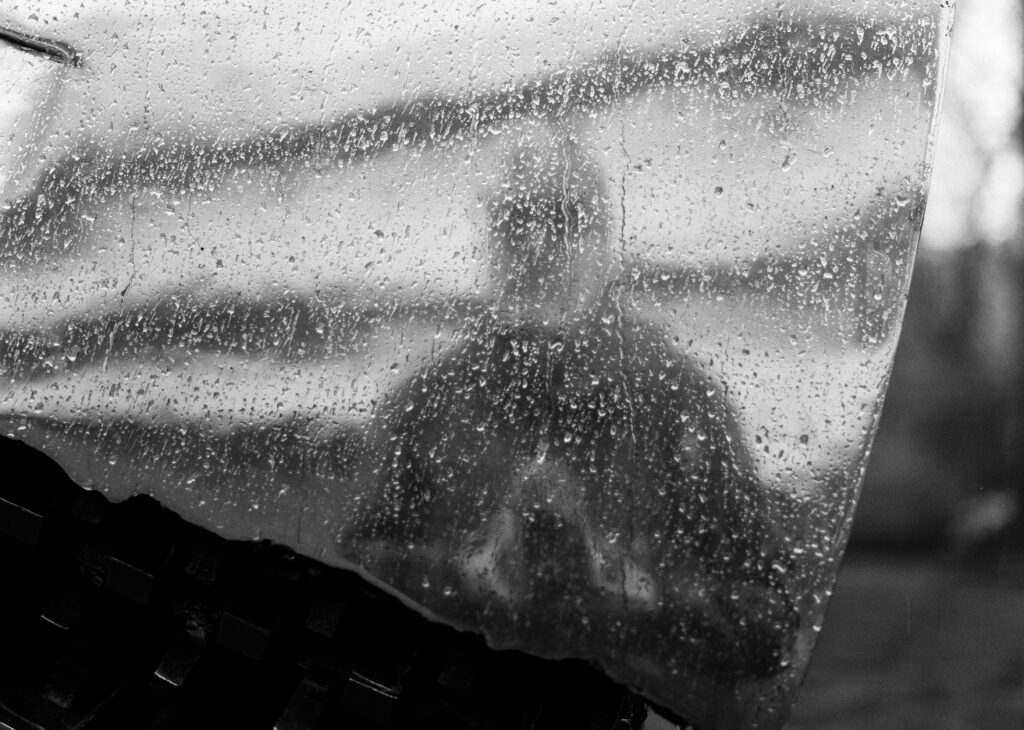

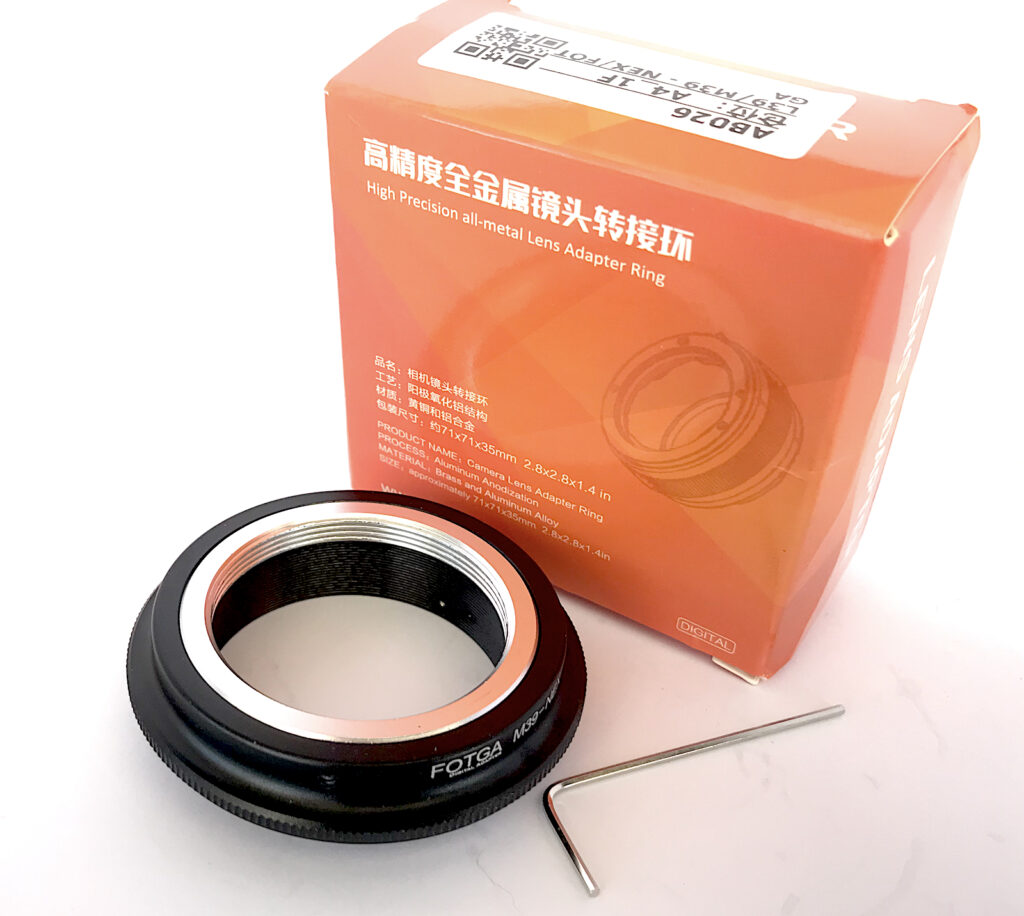
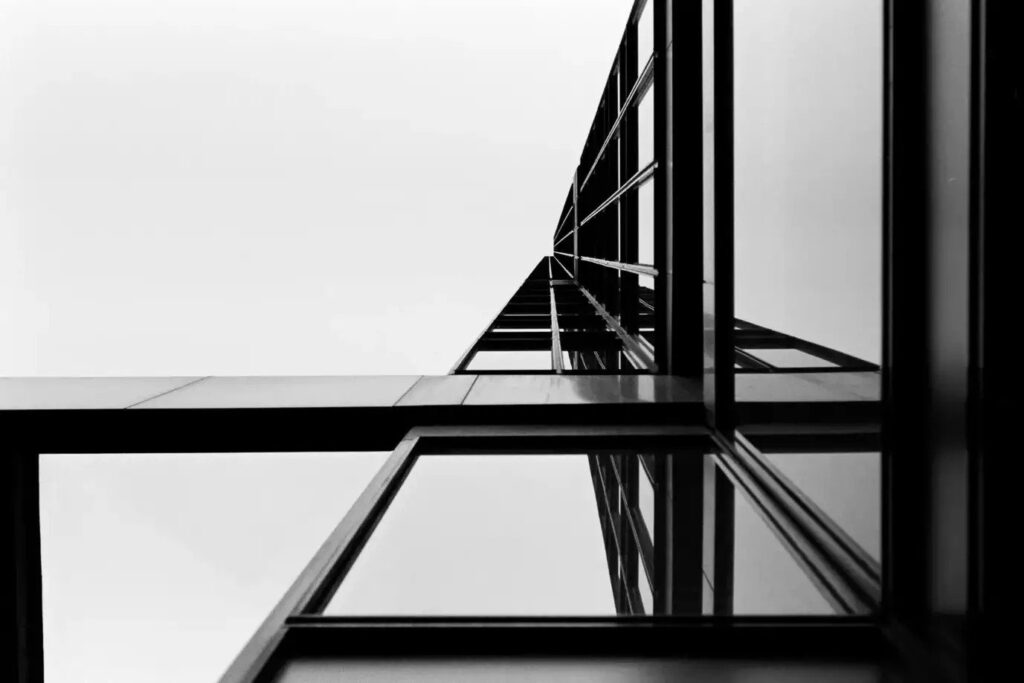
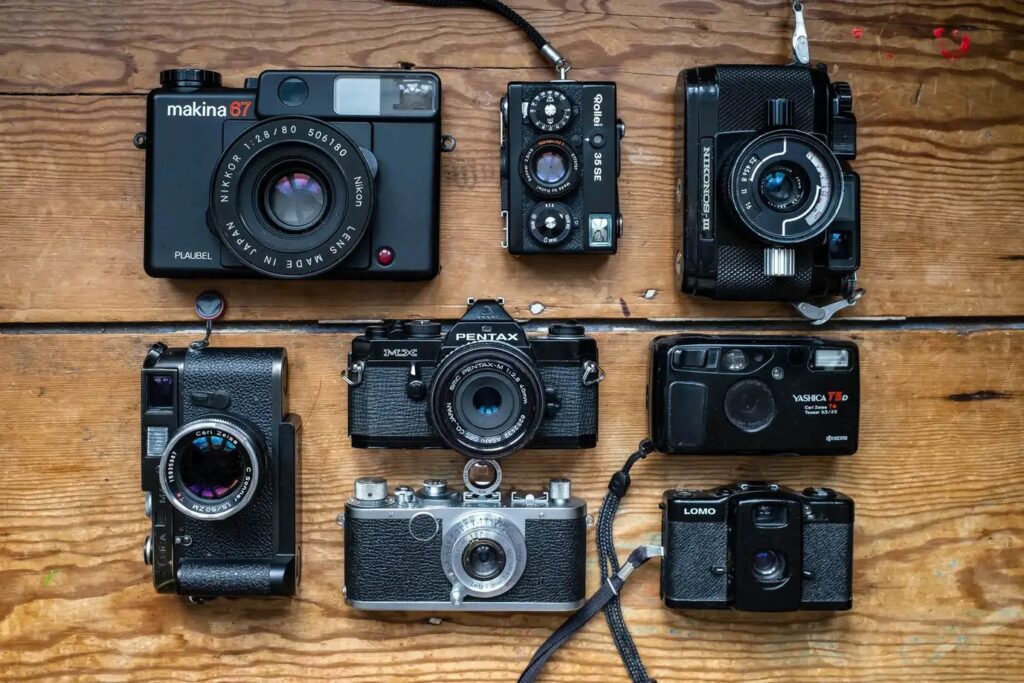
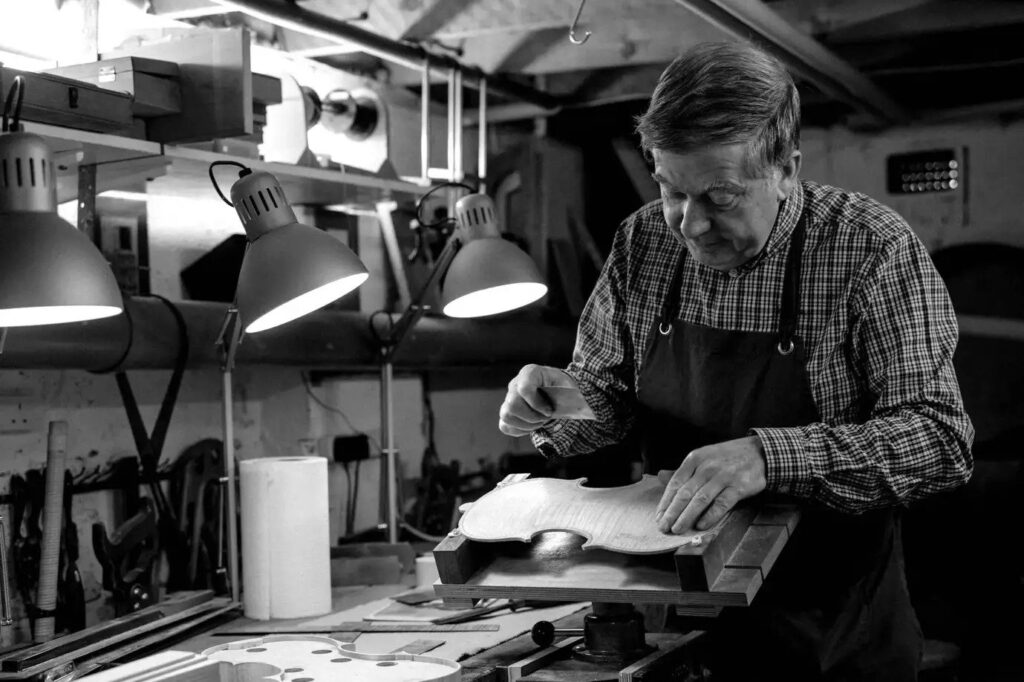
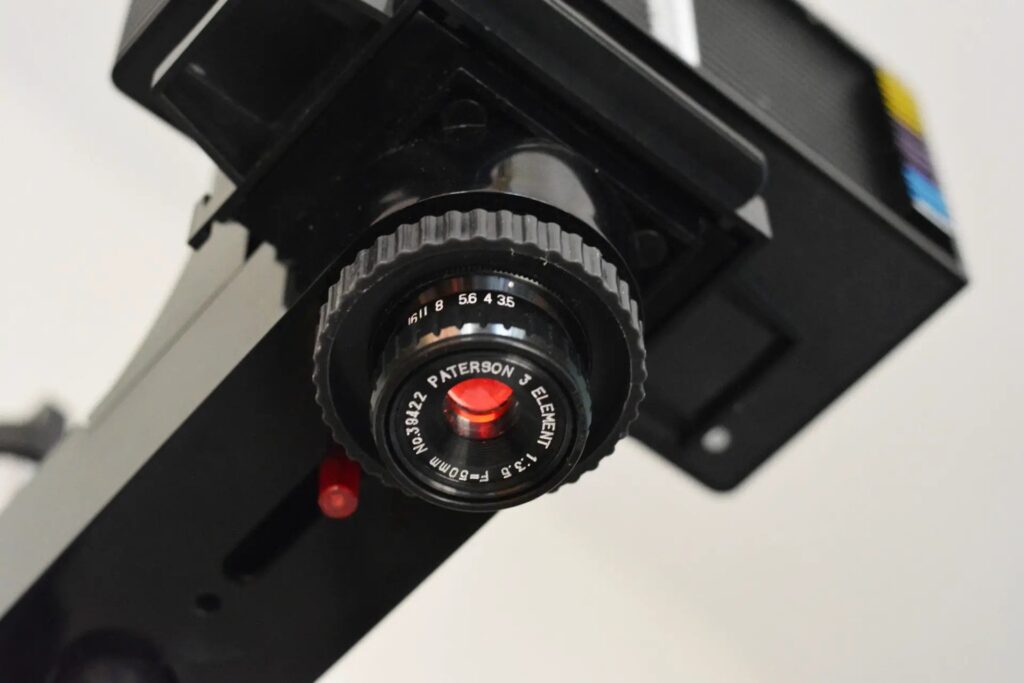
Comments
Nigel Cliff on Re-valuing 3200 speed films @EI1000 with Ilfotec HC
Comment posted: 26/06/2025
Gus on Re-valuing 3200 speed films @EI1000 with Ilfotec HC
Comment posted: 26/06/2025
I've landed in a similar place to you with respect to Delta 3200. I develop exclusively with Rodinal (1+25 or 1+50). My best results with Delta 3200 were shot at 1000. But I prefer my results from HP5+ at 1600. So... I've stopped buying Delta 3200.
Comment posted: 26/06/2025